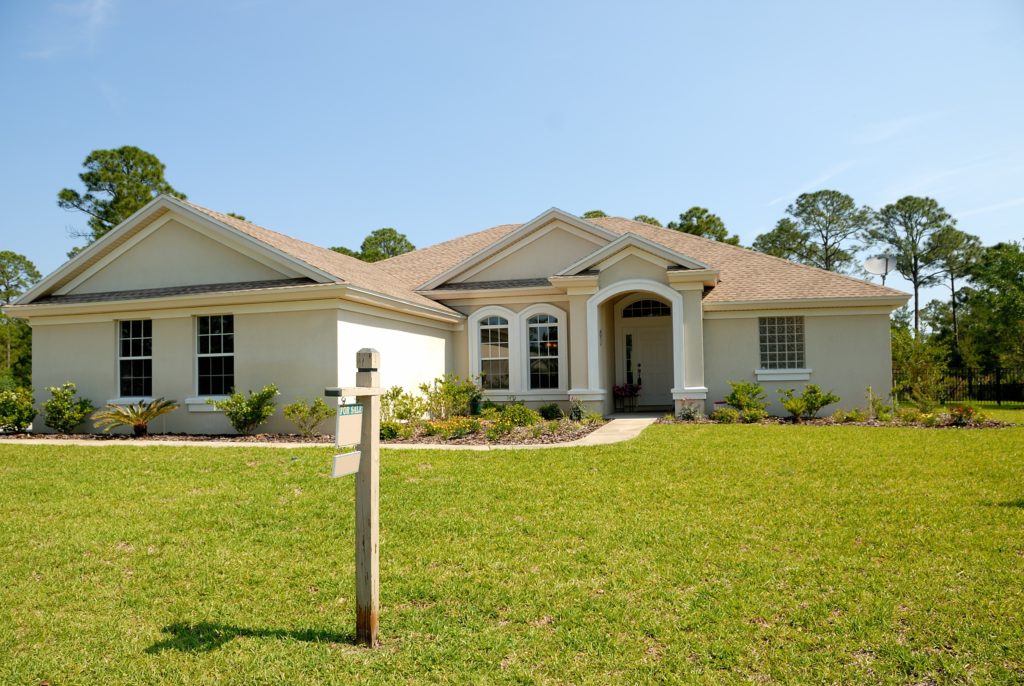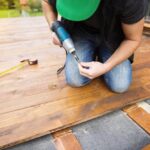Whether you’ve just begun house hunting or you’ve finally reached the stage where your offer has been accepted on your dream home, keep in mind that no purchase should be complete without a detailed inspection. There are a number of issues that could be hiding beneath the surface, which might be expensive and complicated to fix, or possibly even affect the overall livability of the home. To prevent these problems from sneaking up on you in the future, always follow this essential safety checklist when buying a house:
HVAC system
During a standard home inspection, the heating, ventilation, and air conditioning (HVAC) system is always checked. The inspector can confirm that the system is functional at the moment, but they can’t make any guarantees that it will keep working after the purchase of the home. However, HVAC systems generally tend to be quite expensive and time-consuming to fix or replace, which is why it’s recommended to confirm they’re functional even if you’re inspecting the house yourself. Make sure any exhaust fans are venting to the outside as well, as systems venting into the attic could potentially cause mold.
Water drainage
Water is a home’s biggest enemy. If any water is spotted outside or in the vicinity of the house, it could potentially damage the foundation, so make sure it’s flowing away from the home, and that all sprouts and gutters are functioning properly. Although external water damage might be simple to notice with just a visual inspection, internal damage could be more difficult to detect. However, this type of water damage could cause moldy walls or even more serious issues in certain cases. So, make sure to hire a professional to perform a thorough inspection with appropriate tools and equipment to find possible damage beneath the surface of the house.
Electricity system
Electrical safety is another important step in home inspections. This check often includes looking out for ungrounded electrical systems that could potentially cause electric shocks and an FPE panel that might lead to overheating and fire. But if you live in countries like Australia, where DIY electrical work is illegal, it might be best to call for professional help. Hiring an experienced electrician may be the best course of action, as this expert will be able to ensure everything is in order in your new home or promptly fix any possible issues. Even if you live in an area where electrical work is legally permitted, it’s still advised to contact a professional and avoid the risk of injury or death.

Roof and chimney
Roof problems make up a significant percentage of insurance claims, especially in areas across Europe where many houses are quite old. But even with newer builds, it’s still important to check how old the roof itself is and whether there are any current issues. In case any problems exist, you will likely need to bring the roof up to code by contacting roofers in Dayton OH. Chimneys can also be particularly costly, which is why you should look for possible corrosion, signs of damage to the inside lining of the chimney, and any faults in the masonry around it. It might also be wise to ensure the current roof warranty can transfer to you after the purchase.
Foundation and flooring
Just like the roof, foundation problems can be incredibly costly, and you may be responsible for fixing them as the home’s new owner. That is why you should always make sure the foundations of the house are stable. Similarly, the quality of the existing flooring should be checked for signs of potential issues. Standard, more superficial inspections of wood flooring include looking for signs of any wood-destroying insects, but you should also examine covered floors more carefully. For instance, you can use your feet to identify any soft spots where wood is weak in subfloors, or use your sense of smell to detect a potential musty, moldy odor that could indicate wood rot.
Toxic elements
Homes can be made with a number of toxic elements, especially if they are older houses built before the potential danger of these chemicals has been discovered. These include lead paint, asbestos, and noxious gasses such as radon, all of which could have quite detrimental effects on the health of humans. However, the main issue with these elements is the fact that they are often quite difficult to detect, particularly when it comes to colorless and odorless gasses. For that reason, it’s recommended to hire an experienced inspector with the right tools and equipment to test the possible toxicity of the house.
Home inspections may be tedious and time-consuming, but they are essential for ensuring the safety of a house. Follow the checklist above when purchasing a home to turn your future in this space into a secure and stress-free one.






